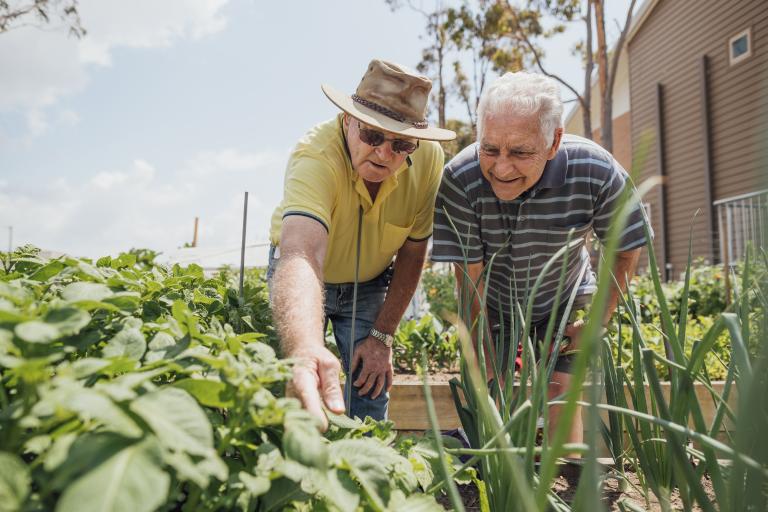Diversity and inclusion are essential for our community to age well. In this blog, we share our tips on how you can make your meals more inclusive.
Find out the latest in Healthy Ageing


Blog posts
Tassie winter and vitamin D
With the days colder and the day light hours short, older people may be at risk of vitamin D deficiency.

Blog posts
The power of protein foods
As we get older, protein is essential to maintain a good quality of life. In this blog we share a high protein vegetarian recipe.

